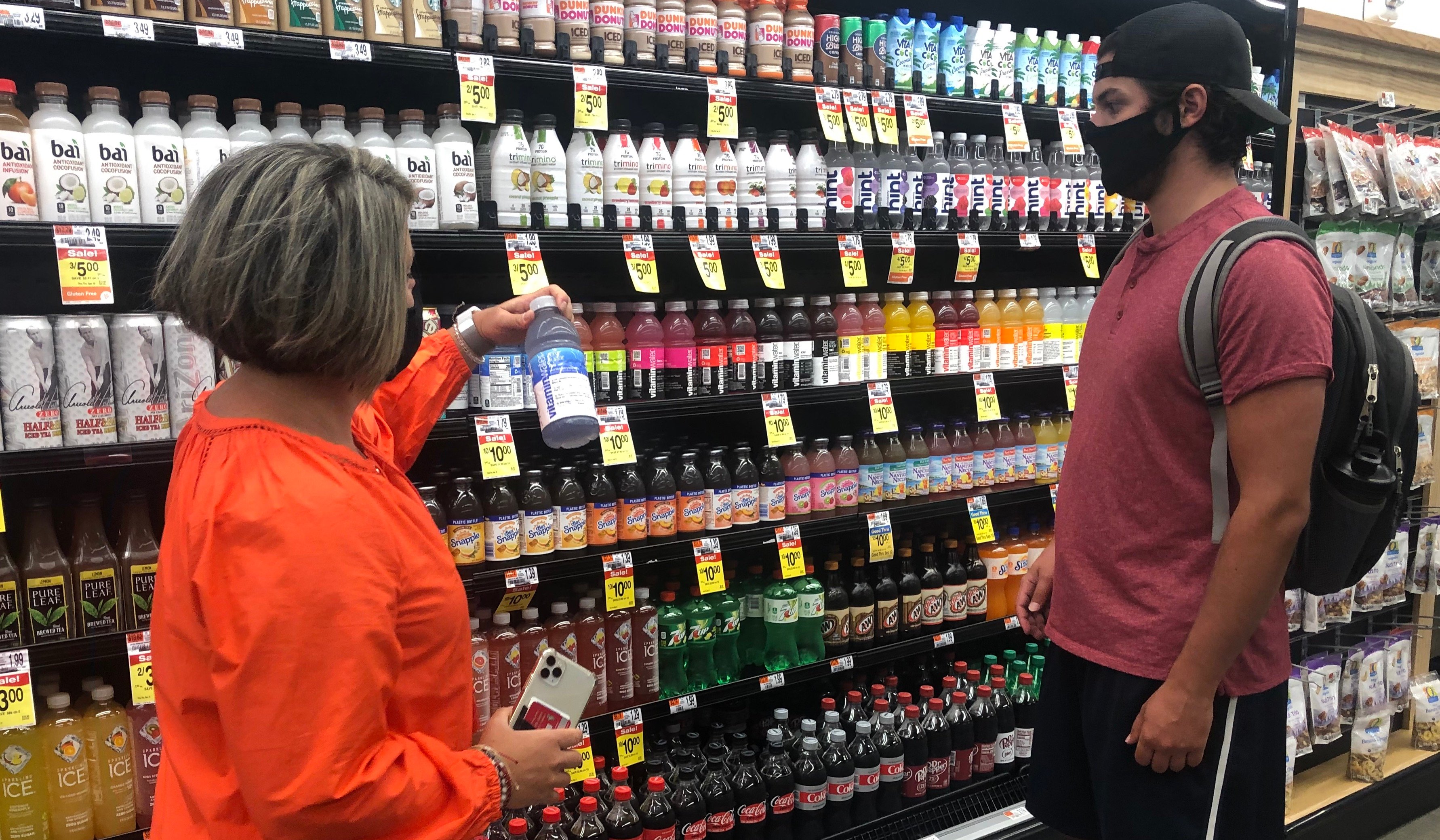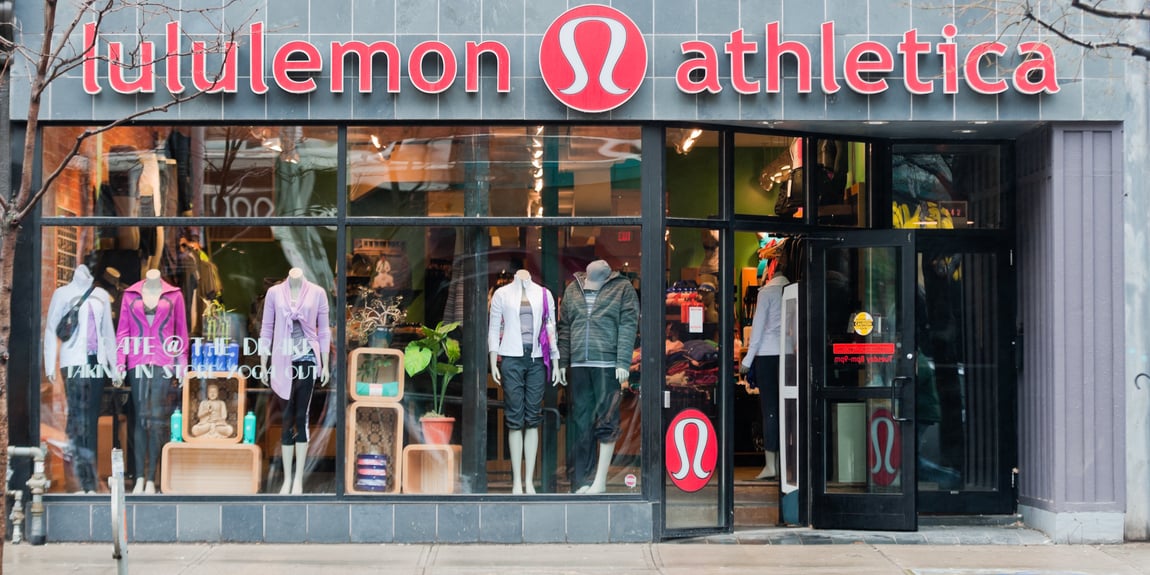.jpg?width=578&height=71&name=Action%20Items%20for%20ThirdChannel%20(7).jpg)
Search online for "Instagrammable retail" and a host of articles pop up, from lists of the most Instagram-worthy coffee shops in London to showcases of the most visually inspiring home décor shops in LA. Visual expression has become a way of life for today's consumer and, as a result, it's making quite an impact on retail.
While store displays have always been designed to catch a shopper's eye, visual aesthetics are a brick-and-mortar imperative today as consumer expectations for the store environment continue to rise.
“Today’s consumers do not buy just products or services—more and more, their purchase decisions revolve around buying into an idea and an experience,” writes Raffaele Breschi et. al for McKinsey and Company.
What’s more, Instagram is the consumer’s preferred platform for self-expression. The app has over 400 million active daily users—and its Stories feature recently surpassed Snapchat’s. Occupying that space, for brands and retailers, is a lucrative strategy. Finding success requires engineering elements of discovery and shareability in their stores, with the goal of driving consumer interest and engagement.
Draw Consumers in with Insta-Worthy Design
The more retail evolves, the more companies turn to physical stores for brand expression. Warby Parker, for example, posts photos of its stores. The clean-looking counters and neat rows of glasses accented by different collections of artwork are so aesthetically pleasing that they become virtual beacons that draw consumers in to create their own work of art to share.
“As much as people love their social channels, we also know they crave physical interaction and experience. Stores will continue to move further and further away from being a transactional space to become brand experience hubs," Laura Lutz, senior creative strategist at London-based branding and retail design agency Dalziel & Pow, says.
Once consumers have arrived in the brand or retailer’s physical space, consumers have the opportunity to try products or speak with Warby employees. And these tactics drive sales. In a 2017 ThirdChannel study, 24% of sales agents surveyed reported availability of a sample for consumers helped drive in-stores sales. Another 28% reported passion from the salesperson was the most important factor.
Think of Instagrammers as Guerilla Marketers
Instagram’s currency comes in the form of likes, follows and comments: something both retail companies and their consumers are interested in accumulating. In addition to rendering the store space and product Instagrammable, brands and retailers should look for ways to encourage social sharing.
Hashtags give companies a way to brand social images. Outdoor apparel brand Timberland, for example, encourages consumers to tag photos of its boots with #timberland. Consumers are incentivized to use the hashtag because it increases the searchability of their post: Other Timberland shoppers, checking out styles, might stumble upon that consumer’s post and like it or follow the consumer’s account. Over time, this strategy has created an online “lookbook” of over 2 million posts for Timberland.
Timberland also posts consumer photos, giving those consumers visibility to Timberland’s Instagram audience of 1.5 million. Timberland hopes consumers will continue to do the same in return.
“In the end, customers are doing your job for you and generating media buzz,” says retail futurist Matthew Brown of trends consultancy Echochamber.
Convert Likes Into Purchases
If consumers are buying into an experience when they make a purchase, Instagram is a tool for creating that experience. Popular restaurants in New York City live and die by their Instagram visibility: from unicorn milkshakes, to ice cream in fish-shaped cones to rainbow bagels. More hungry for the photo than the treat, consumers wait in long lines for the ‘gram. These food phenoms resulted in tens of thousands of branded posts for each vendor—and as many purchases.
“The way we measure ROI is changing," Laura Lutz, senior creative strategist at London-based branding and retail design agency Dalziel & Pow, says. "For retailers it could move from dollars per square foot to likes or shares per square foot."
Consumers actually engage with brands four times as much on Instagram as they do on Facebook. What’s more, according to analysis from social performance measurement firm, Locowise, 75% of Instagram users take some sort of action, including visiting a brand’s website, after looking at a post featuring a product or service.
To succeed in the changing world of retail, brick-and-mortars increasingly need to tap into consumers' growing desire for self-expression. The better brands and retailers are at developing these experiences for their consumers, the more success they’ll find leveraging Instagram to drive marketing and sales.



